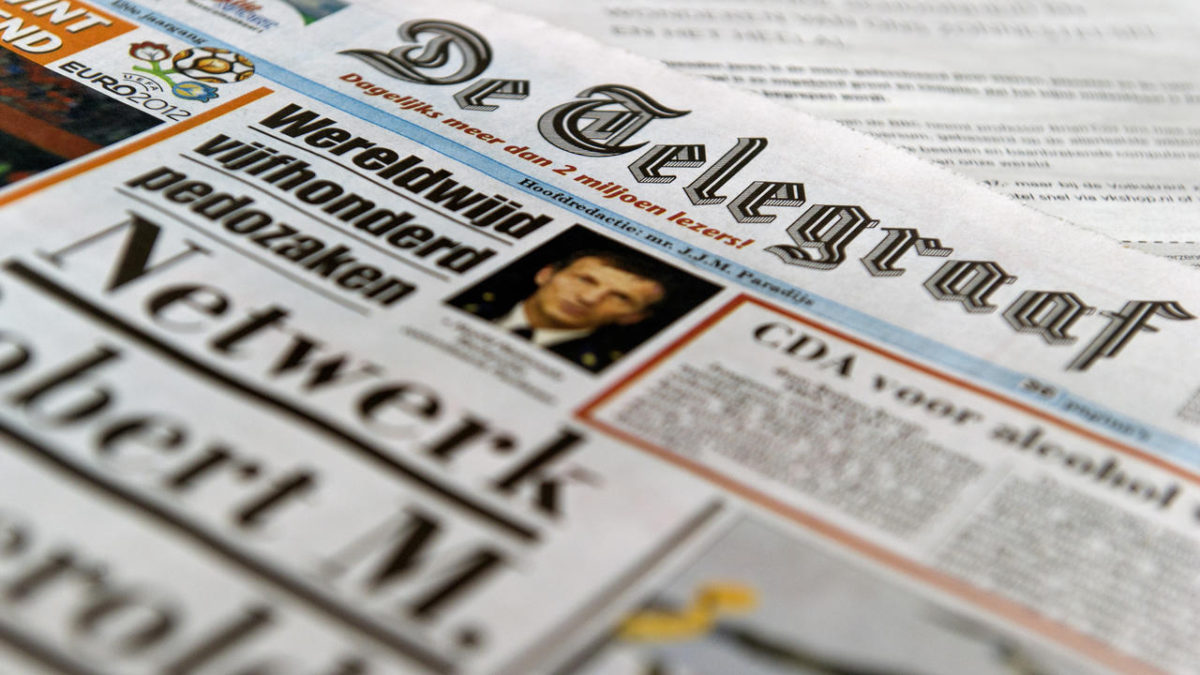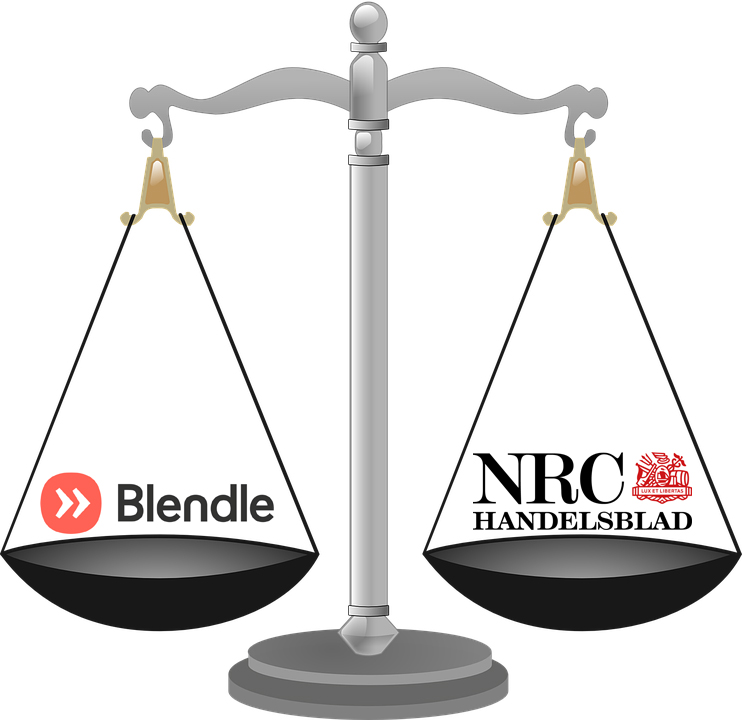
Creating, distributing and receiving news has tremendously changed over the past decades – and is likely to change throughout the next ones.
Why has it changed so drastically?
The rise of new (internet-) technologies have disrupted various markets and have especially changed all information goods markets. Information goods are goods that contain information such as books, cds, newspapers and these are now all digitised into intangible versions that can be replicated indefinitely and cheaply distributed via the Internet. The newspaper industry is one of many which has been completely reshaped.
Due to the rise of internet and online news websites, the amount of printed newspapers has decreased globally since the beginning of this century. This meant an enormous decline in printing revenues and in the amount of existing newspaper firms due to bankruptcies and unavoidable mergers. To stay alive in this industry, newspaper firms have gone digital but how has this changed the newspaper market? To answer this question, let us take a look into the market dynamics.
Strong forces cause shifts
The buying power has increased significantly as there are no switching costs for customers who do not longer need subscriptions. On the supply side, freelance journalism has made incumbents more reliable on external sources but also gave them the freedom of working with various journalists on an ad-hoc base. Hence, this force remains more or less equal. An interesting industry dynamic which influences both the supply and demand bargaining power in Porter’s model is the long-tail phenomenon. Due to the increase in news-sources, the popularity for mainstream news declines and the supply and demand of ‘niche market news’ has dropped. This results in a more even distribution of products and hence the name ‘long tail’. Incumbent newspapers see their reach decline as not all customers can be reached with mainstream articles anymore.
Next to this, it is now easier than ever for potential new entrants to buy a website domain, create so-called ‘news’ and spread them globally through social networks. This does improve brand value of some incumbents in the market who have differentiated themselves but at the same time barriers to enter have significantly been lowered. Related to this, substitutes have become more powerful in the newspaper market. Social Media has become the new main substitute which offers even more channels for people to receive their news from.
In a nutshell, Porter’s forces tell us that the newspaper market has become even more competitive due to the formation of the world-wide web, the increase in the data storage capacity and the ability to access information from the cloud as well as that the dynamics have changed a lot over time.
New players
As expected, especially new market entrants seem to take advantage of the change in industry dynamics and customer preferences. For example, the company Blendle, which is a digital newsstand that offers on demand articles from various newspapers, used this new business environment to enter the market.

(Blendle uses different technologies to drive the change)
Blendle is able to compete in the market as it’s making use of most of the SMACIT technologies which enable business transformation.
The S stands for Social. Blendle is incorporating a network effect by showing people trending topics or things that their friends found interesting and giving them the possibility to directly share articles via different social media platforms.
The M stands for Mobile, Blendle is accessible via Mobile phone which allows users to have a quick-read on the go, instead of carrying around a whole newspaper.
The A stands for Analytics, Blendle uses big data to show articles you might find interesting based on your previous reading-behavior
The C stand for Cloud, Blendle uses cloud storage to show people all articles published by the 40 biggest newspapers in the Netherlands what also allows them to scale up and provide their service in different countries all over the world.
And IT stands for Internet of Things, the only thing Blendle is not making use of yet – not yet. Because, hardware like Beacon Technology provides interesting use-cases that could further empower Blendle’s usage with the help of micromapping.
A glimpse into the future
People will always need news and feel the want to stay informed. That is why also in the future, newspapers will most likely stay relevant.

(Jeff Bezos buys Huffington Post)
Nevertheless, future innovations and new technologies are likely to further reshape the industry. Incumbents have to act on these changes in order to stay relevant. Those who act fast on new technologies will grow and consolidate the market through a range of mergers and acquisitions.
One can also expect digital native companies from outside of the newspaper industry to buy struggling players of the industry. These outsiders are able to utilize their digital knowledge and assets to restructure classic newspapers. This has already been shown in the example of Amazon buying the Huffington Post, doubling Huffington’s digital subscription revenues within a short period of time.
Watch full video at our youtube channel.
Group 34





